Fierce, elusive, and steeped in mystery, the wildcat has captured human imagination for centuries. More than just a single animal, this species complex is home to a fascinating variety of breeds, each with its own story, habitat, and traits.
In this article Nexus-Pets invites you to step into the untamed world of these remarkable felines and discover 10 wildcat breeds you absolutely need to know about.
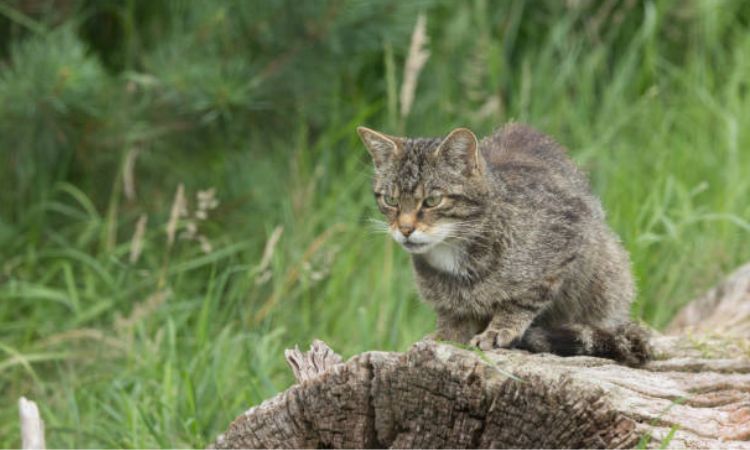
How Wildcats Differ from Domestic Cats
Wildcats and domestic cats may look alike, but they differ in body, behavior, and human interaction.
- Physical Differences: African wildcats are leaner and more muscular, with longer legs and tails for running, climbing, and hunting. Their subtle coat patterns and pointy rufous ears help them blend into the wild. Domestic cats vary widely in size, color, and ear shape, shaped more by breeding than survival.
- Behavioral Distinctions: Wildcats are solitary hunters, cautious and naturally aggressive. Domestic cats are more social, playful, and rely on humans for food and safety.
- Interaction with Humans and Environment: Domestic cats depend on humans and household routines, while wildcats survive independently, wary of humans and fully adapted to their natural habitat.
The 10 Wildcat Breeds You Need to Know About
1. African Wildcat (Felis lybica)
The African wildcat is a medium-sized feline with a slender, agile body, sandy-gray fur, and faint stripes along its legs and tail. Often regarded as the ancestor of domestic cats, it shares many physical traits with the pets we know and love, yet retains the sharp senses and hunting skills necessary to thrive in the wild.
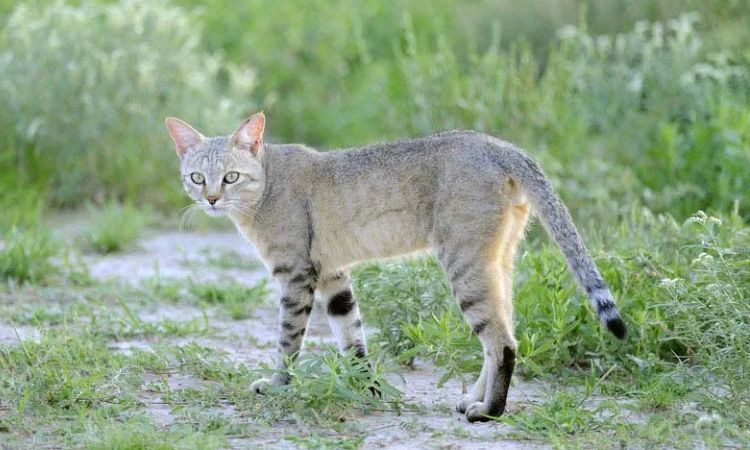
This wildcat inhabits savannas, scrublands, and semi-arid regions across Africa, stretching into parts of the Middle East and southwestern Asia. Open landscapes with scattered vegetation allow it to hunt effectively while remaining concealed from larger predators.
Although currently listed as Least Concern, African wildcats face threats from habitat loss and interbreeding with domestic cats. Hybridization diminishes genetic purity, making conservation efforts increasingly important to preserve the species in its natural form.
2. Siberian Tiger (Panthera tigris altaica)
The Siberian tiger is the largest tiger subspecies, boasting a powerful, muscular frame and dense, insulating fur that keeps it warm in freezing climates. Its iconic orange-and-white coat with bold black stripes provides natural camouflage in snowy forests, while its strength allows it to hunt formidable prey like deer and wild boar.
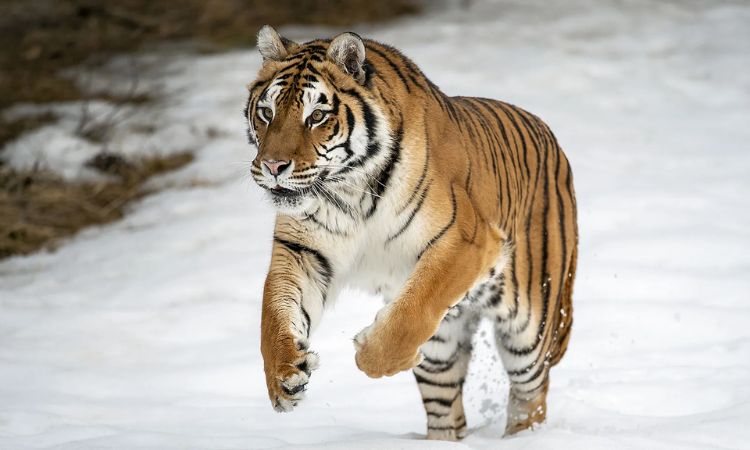
These tigers primarily roam the boreal forests and mountainous regions of eastern Russia, with small populations in northeastern China. They require vast territories to secure enough food, often traveling long distances to hunt successfully.
Classified as Endangered, Siberian tigers benefit from anti-poaching measures and habitat preservation programs. Despite these efforts, illegal hunting and deforestation continue to pose serious risks to their survival.
3. Eurasian Lynx (Lynx lynx)
The Eurasian lynx is easily recognized by its tufted ears, short tail, and beautifully spotted coat. With long legs and large, padded paws, it moves gracefully across snow and dense forests, using its exceptional vision and hearing to detect prey from a distance.
This lynx is widely distributed across European and northern Asian forests, ranging from Scandinavia to Siberia. Dense tree cover provides protection and enables it to hunt stealthily.
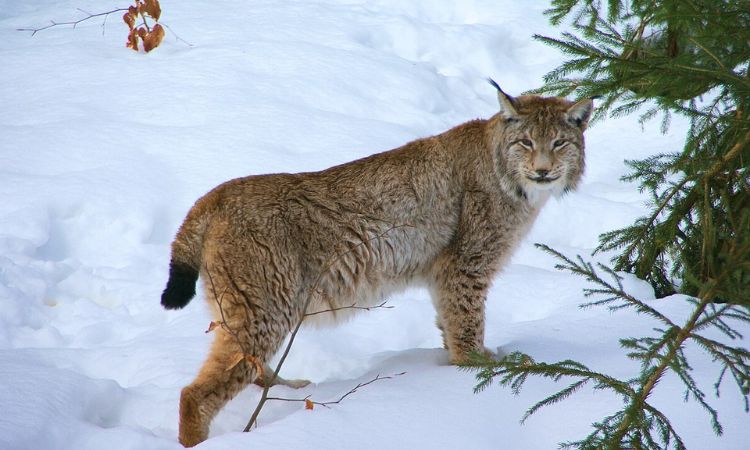
Hunting primarily through ambush, the Eurasian lynx targets deer, hares, and other small mammals. It relies on patience and precision, silently stalking its prey before a sudden, powerful attack ensures a successful catch.
4. Clouded Leopard (Neofelis nebulosa)
The clouded leopard is a medium-sized wildcat distinguished by its cloud-shaped coat patterns and extraordinarily long tail, which aids balance during tree climbing. Its flexible limbs and sharp claws make it one of the most adept arboreal predators in the feline world.
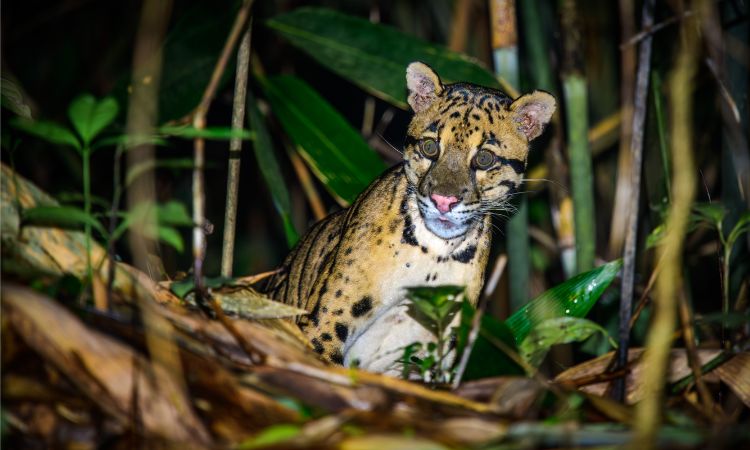
Native to the Himalayan foothills, Southeast Asia, and Borneo, clouded leopards prefer dense tropical forests and riverine habitats. These environments provide both shelter and abundant prey while protecting them from larger predators.
Classified as Vulnerable, the species faces threats from deforestation and poaching. Habitat loss restricts movement and reduces prey availability, making conservation efforts crucial for its survival.
5. Snow Leopard (Panthera uncia)
The snow leopard is a striking predator with smoky-gray fur, rosette markings, and a long, bushy tail used for balance and warmth. Its muscular build allows it to navigate steep, rocky terrain with agility and power.
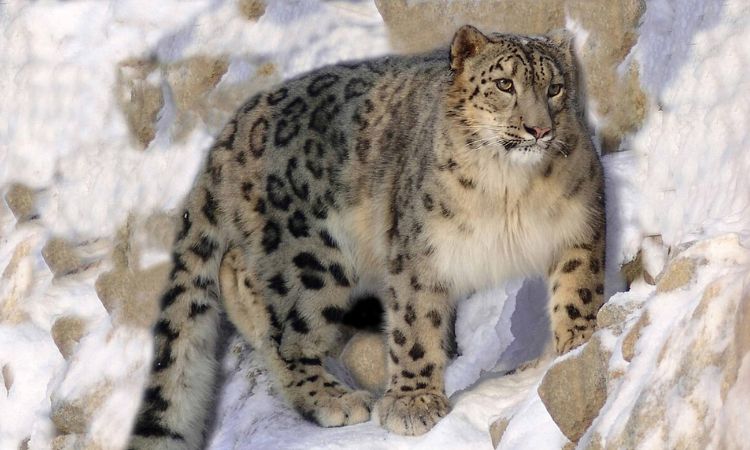
Found in the high mountains of Central Asia, including the Himalayas, snow leopards dwell at elevations of 11,000 to 22,000 feet. Their habitat consists of rugged cliffs and open grasslands where they hunt goats, sheep, and smaller mammals.
Adapted to extreme cold, snow leopards have dense fur, wide nasal passages to warm cold air, and large paws that act like snowshoes. Their solitary and elusive behavior helps them survive in one of the harshest environments on Earth.
6. Serval (Leptailurus serval)
The serval is a slender and agile feline, characterized by exceptionally long legs, a small head, and enormous, rounded ears. Its golden coat is adorned with black spots and stripes, providing excellent camouflage among tall grasses.
This African predator exhibits a remarkable hunting style, relying on acute hearing to detect rodents and insects beneath the ground. With a sudden, high leap, it pounces precisely on unsuspecting prey, demonstrating both skill and speed.
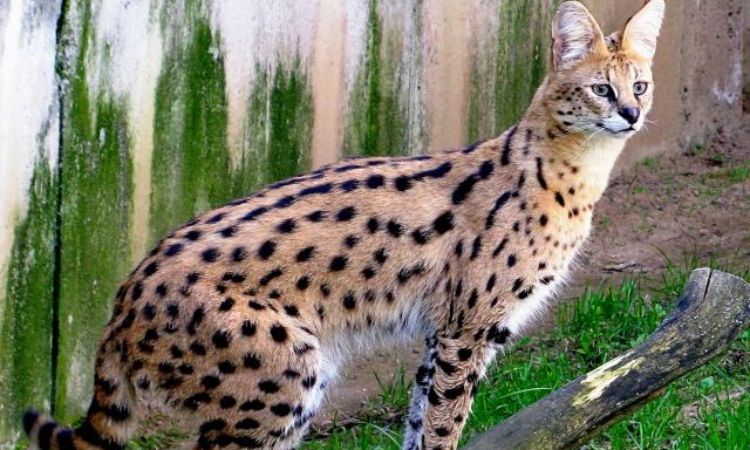
Servals inhabit the grasslands, wetlands, and savannas of sub-Saharan Africa. They prefer areas with tall grasses near water sources, which offer both cover and abundant hunting opportunities.
7. Caracal (Caracal caracal)
The caracal is a medium-sized wildcat with a muscular frame, long limbs, and sleek golden-brown fur. Its most striking feature is the black tufted ears, which enhance both communication and sensory perception.
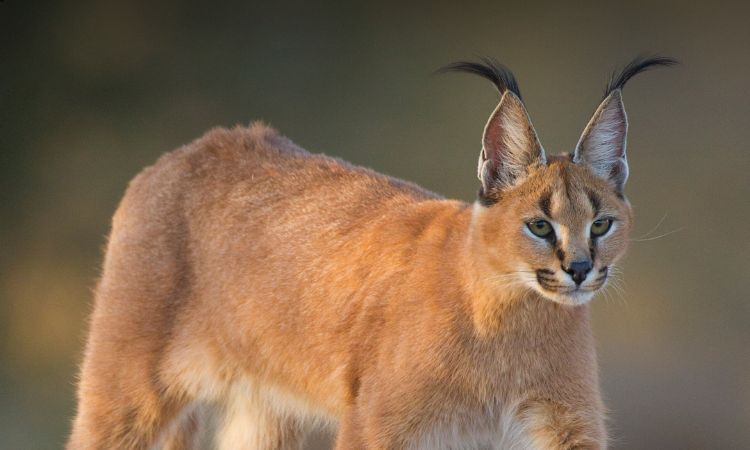
Renowned for their extraordinary jumping ability, caracals can leap up to 10 feet to snatch birds directly from the air. They hunt small mammals, birds, and reptiles, often stalking silently before launching a sudden, vertical attack.
These cats are native to diverse habitats, including African savannas, Middle Eastern deserts, and scrublands across Central Asia. Adaptable and resourceful, they thrive in both open plains and lightly wooded areas.
8. Geoffroy’s Cat (Leopardus geoffroyi)
Geoffroy’s cat is a petite feline, sporting a short, spotted coat that varies in coloration from gray to reddish-brown. Its compact body and agile movements make it an effective and stealthy predator in its environment.
This species inhabits the grasslands, shrublands, and mountainous regions of South America, particularly within the Andes and surrounding plains. It prefers areas with dense vegetation, which aids in hunting and protection.
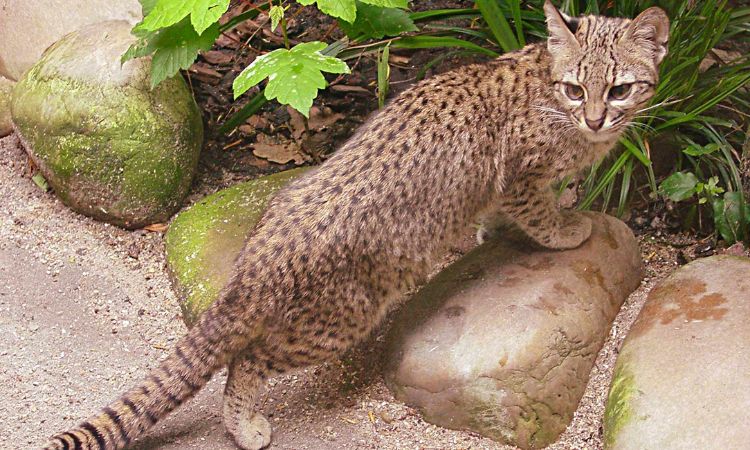
Currently, Geoffroy’s cat maintains a relatively stable population. However, habitat loss and human encroachment pose potential long-term threats, emphasizing the importance of monitoring and conservation.
9. Jaguarundi (Herpailurus yagouaroundi)
The jaguarundi is a sleek, elongated wildcat with short legs and a low-slung body reminiscent of an otter. Its fur is uniformly colored, ranging from reddish-brown to dark gray, and lacks the prominent markings seen in many other wildcats.
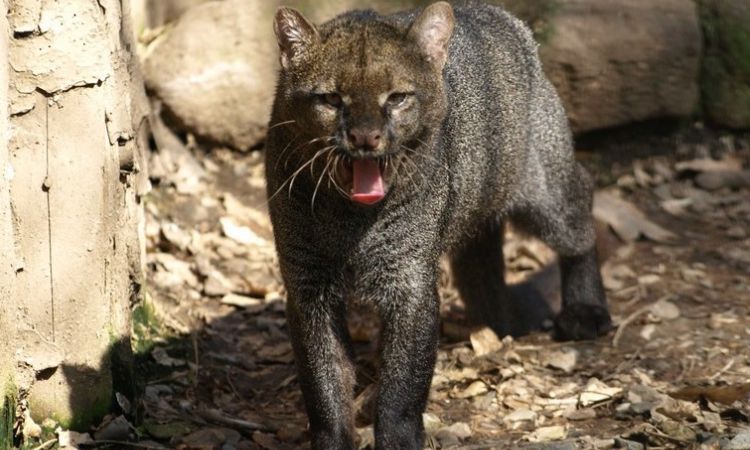
Native to Mexico, Central America, and parts of South America, jaguarundis occupy forests, savannas, and riverine habitats. Unlike most felines, they are diurnal, actively hunting during the day for birds, rodents, and reptiles.
This species exhibits remarkable agility and adaptability, moving swiftly through dense undergrowth while avoiding larger predators, making it a highly efficient and resourceful hunter.
10. Pallas’s Cat (Otocolobus manul)
Pallas’s cat is a stocky, small wildcat with a flattened face, rounded ears, and dense, fluffy fur that provides insulation against harsh climates. Its coat features subtle gray and brown hues with faint spots, perfectly suited for blending into rocky terrain.
This elusive feline resides in the cold, arid grasslands and steppes of Central Asia, including Mongolia, Iran, and parts of China. It thrives in mountainous and open plains where temperatures are extreme and vegetation sparse.
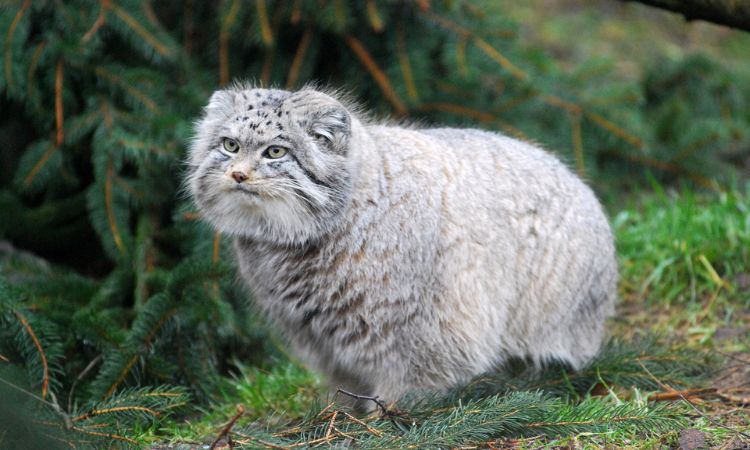
Classified as Near Threatened, Pallas’s cat faces challenges from habitat degradation, prey scarcity, and human disturbance. Despite these pressures, its solitary nature and expert hunting skills allow it to survive in some of the world’s most unforgiving environments.
Conclusion
From the solitary Scottish wildcat to the feisty pampas cat, wildcats are more than just powerful predators; they are a vital part of the world’s ecosystems. Understanding these remarkable animals and the challenges they face is the first step toward ensuring their survival for generations to come.






